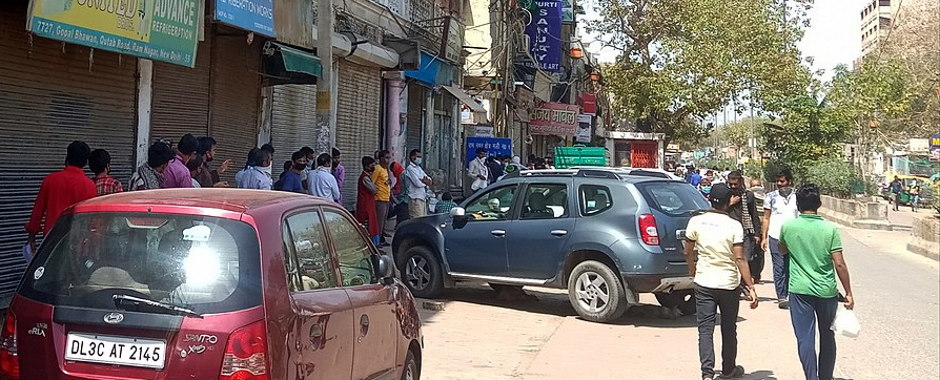by Dinesh Abrol, Ritu Priya and Pravin Kushwaha, South Asia Sustainability Hub
The pandemic is global, but the response is local. In India, the first case of the 2019–20 coronavirus pandemic was reported on 30 January 2020.
Immediately, scientists from the government’s Indian Council of Medical Research, Department of Health Research began working with colleagues from Maulana Azad Medical College, Translational Health Science & Technology and the World Health Organization Regional Office of South East Asia (WHO- SEARO), to assess a possible response to the pandemic.
By the end of February, they had put together a set of papers for a special issue of the Indian Journal of Medical Research. In their papers, the researchers advised an approach that focused on community and civil society-led quarantine and monitoring.
They suggested that, if one in every two travelers from abroad were quarantined within 48 hours of reporting Covid-19 symptoms, this could possibly contain the epidemic, and the strategy proposed could help the country to reduce the spread of the pandemic by over 60 per cent. [1] [2] [3] On the other hand, a week after the lockdown was announced, an internal assessment done by the ICMR presented a different reality. The ICMR reckoned that the ‘40% reduction in infection’ that the lockdown could deliver was ‘theoretical’. In practice, the lockdown ‘would likely reduce cases by 20-25%’. In fact, the effect would be temporary unless the scientifically-recognized measures were adopted.[4]
The research-based warning of the possible spread of the infection was ignored. The Indian government took over a month to act on warnings from its scientists to begin preparing for the coming pandemic. On 24 March, an unprepared government went ahead to impose a nationwide lockdown, with less than four hours’ notice, on a country of more than one billion people.
The lockdown and India’s migrants
A vast majority of the people living in densely populated floorspace areas are migrants. They are daily wage earners working without social security, living in slums. It was not possible for them to observe social distancing and personal hygiene.[5] This means that the chances of intra-community spread are many times higher among poor people who live in densely populated low-income residential areas in Indian cities.
The sudden announcement of a 21-day nationwide lockdown created fear and anxiety.[6] [7] In its declaration of the lockdown, the government did not announce concrete measures on social protection.[8] This failure led many poor urban residents to leave the cities[9], but they faced hardships in doing so, as transport was shut down and police barricades prevented movement across district and state boundaries.[10] Whether stranded in the cities, on the way back to their original homes, or having reached their homes, the sudden shutdown sparked a major crisis of livelihoods and food for poor people and migrants.[11] [12] [13]
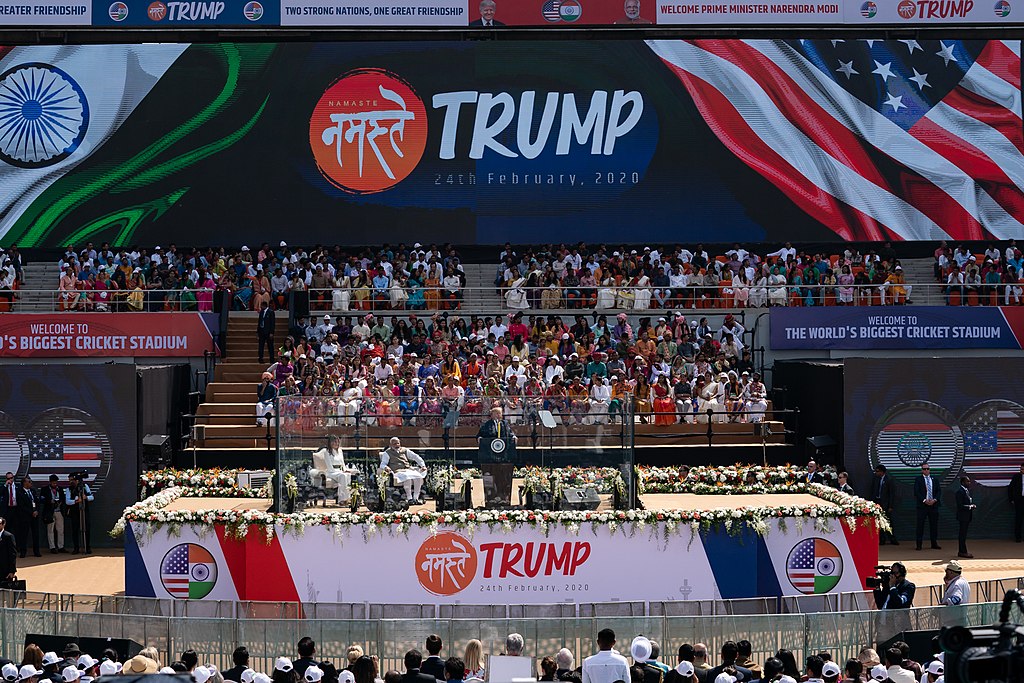
Two other political events had delayed the government in acting on the advice of public health researchers: first, accommodating President Trump’s flying visit to India, and secondly, the toppling of the state government of Madhya Pradesh by the ruling party at the Centre. But the precious time lost for petty political interests has been at the cost of peoples’ lives: it meant that the Central government failed to be adequately ready with the testing protocols required to track down those infected with coronavirus, or prepare for handling cases.
An unprepared system
The stated rationale of the countrywide lockdown has been to ‘prepare the system’. But the system is not ready, even at the end of April, to ramp up testing and quarantine facilities, establish sentinel and community surveillance mechanisms, or arrange enough PPE (protective gear) for doctors and healthcare workers.
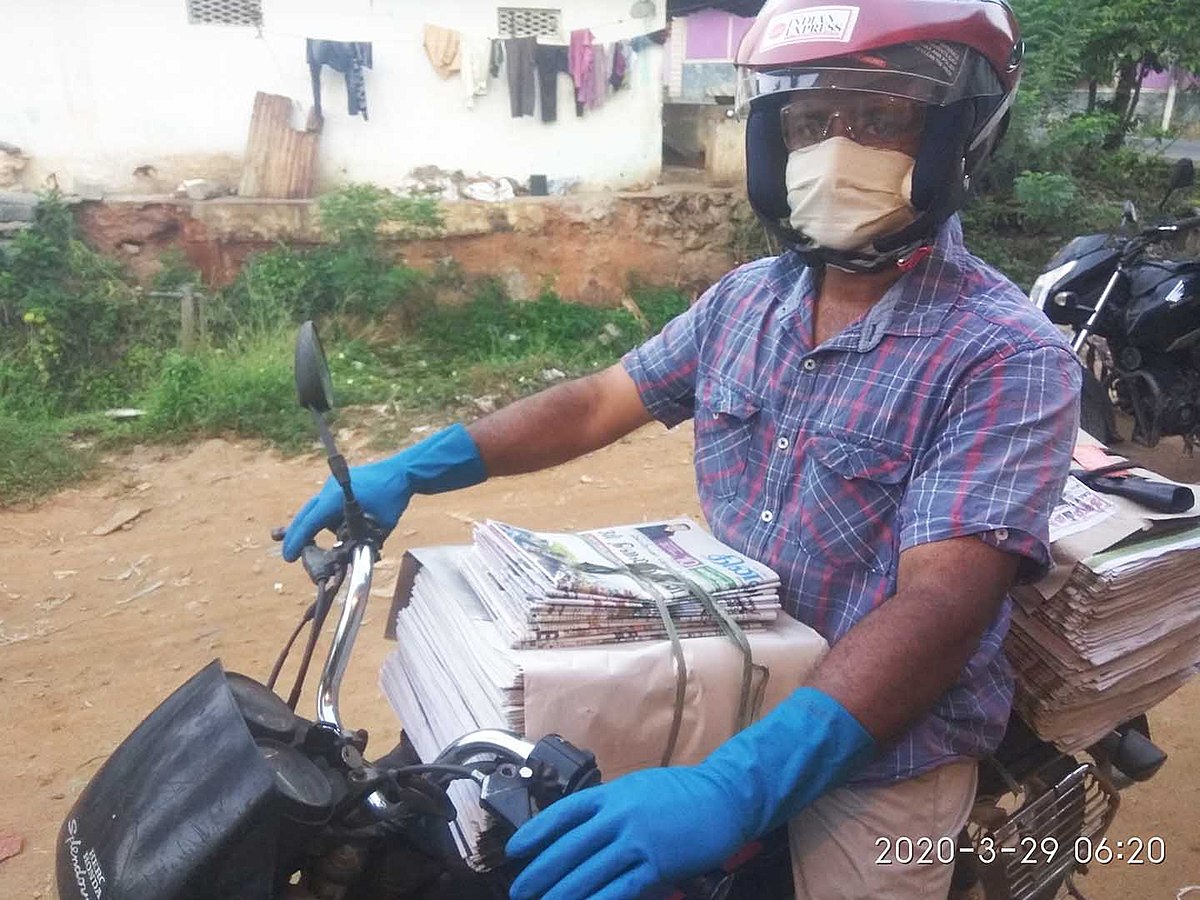
The Indian government claims that the lockdown and containment measures have limited the number of cases of infection, due to India’s ‘Pre-emptive, Pro-active and graded’ approach.[14] But this calculation does not account for the fact that India has one of the lowest levels of testing for Covid-19 patients globally.[15] Testing has been limited to a few specific high-risk categories; even patients with symptoms, but without a contact history, have been excluded from testing. So the government’s statistics are not likely to reflect the real numbers of infection.
In spite of this, the data generated by the public system has allowed analysts to identify trends and hotspots. But since mid-April, the opening up of testing to private laboratories and to hurriedly-designed rapid tests has added some further elements of uncertainty, diminishing the likely quality of data and thereby its value in surveillance. Mounting evidence suggests that as the testing rates of the government are rising, the number of hotspots and containment zones have also risen in cities.[16] Extrapolating from infection data in Delhi, the ICMR recognized that 1.3 million people could be infected despite the 21-day lockdown.
.@ProfBhargava at the Press Briefing released the revised guidelines for testing of COVID-19 pic.twitter.com/RkJfYzJxh8
— ICMR (@ICMRDELHI) March 17, 2020
Problems with scientific advice and innovation
It is clear that the Indian structures of scientific advice and the relationship of scientists with decision makers have had an adverse impact on the response to COVID-19. The lack of a nationwide action plan, informed by science, with a community-based test-and-quarantine strategy, is merely delaying the outbreak in reaching its peak.
Of course, Indian scientists are continuing to work hard to offer novel solutions[17]. Most of these solutions are around tools and models for surveillance,[18] new vaccines, diagnostics and treatments, protective gear for health workers, sanitization and personal hygiene and so on. The AYUSH task force is also working on the possible contributions that the approaches of traditional medicine have to offer. Yet even this was brought into effect after much delay, only in April, and after much advocacy by academia and the Ministry of AYUSH.[19] Together the contributions of these scientists will take time to enter into use. Pre-existing gaps in the innovation system are standing in the way of the dissemination and use of new ideas.
The Prime Minister spoke to village heads about self-reliance, a Nehruvian phrase for indigenization and local manufacturing. However, this term also means providing public systems for health and education. The impacts of decline in these systems around the world since the 1990s are more than evident in this pandemic. Will the world take up the clear message of the necessity of public health and the public sector in health care? Spain has nationalized its private hospitals, but in India, the government is appeasing the private health care sector.[20]
Any pandemic is a social phenomenon. The lockdown has been enforced by coercive police action, with no pre-planning for meeting the basic practical, physical and psychological needs of millions. The government has adopted a law and order approach, with no research inputs being taken from social scientists when the Prime Minister declared the nationwide lockdown. Neither can it be dealt with only as a medical problem, or one that offers behavioral solutions for the middle class alone. Wider social determinants affecting public health responses have not been taken into account.[21]
A change of approach
The country cannot afford the economic and social costs of a method which is proving to be ineffective from the standpoint of saving people’s lives. A clear alternative lies in the strategy of screening, sentinel and community surveillance, testing and quarantining. The country cannot afford to extend the lockdown as a way of controlling the infection rate.
All this points to the need for a post-lockdown strategy to be rapidly developed and announced, followed by an immediate end to the lockdown. The government must disband the camps and transport the migrants back to their own respective states. The country needs to release the poor from the unbearable costs of lockdown. Decision-makers must now rethink their strategy and scale up testing to plan hotspots and containment.
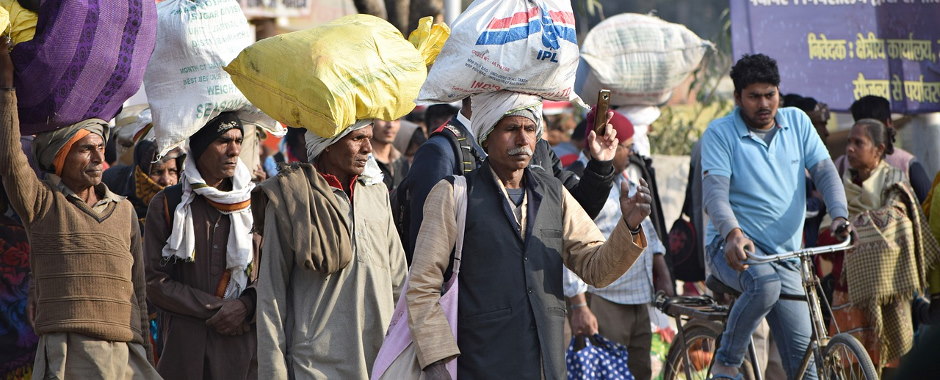
Decision-makers need to adopt a humanitarian, compassionate and benevolent, non-threatening approach to quarantine. The authorities need to provide quarantine facilities which are uncompromisingly safe, transparent and answerable (secure quarantine). The government needs to implement direct cash transfers to compensate for the lost wages of quarantined people, to provide incentivized (wage compensated) quarantine. It is clear that there should be no naming and shaming of the quarantined and their family members. Essentials and food must be appropriately supplied to the people under quarantine and their family members out of quarantine, run by NGOs / CBOs / CSOs (essentials supplied).[22] It is now necessary to provide support for family members left behind in homes after earning or non-earning pivotal adult family members have been quarantined.
The large mass of people who have been turned into passive observers and sufferers of the lockdown must be recognized as a wide base of actors, and involved in community volunteer teams for containment, running helplines, distribution of relief and providing neighborhood support to elders and those in-home isolation.
The need for diverse strategies and reconstruction
There are positive lessons from the story of Kerala. The state government there was better prepared in respect of standby arrangements for screening, community surveillance, testing and dignified quarantining of COVID-19 positive patients.
The state of Kerala has been successful in flattening the disease curve, with a recovery rate of 84%, compared to 14% in the rest of the country. Kerala’s success is attributed to increased spending on the public health care system over the last five years, initiating a huge awareness campaign through social media, mobilization of volunteers and taking care of migrant workers.[23] A well-maintained Public Distribution System (PDS) helped in “keeping Kerala hunger-free during the unprecedented national lockdown, imposed to combat the virus.”[24]
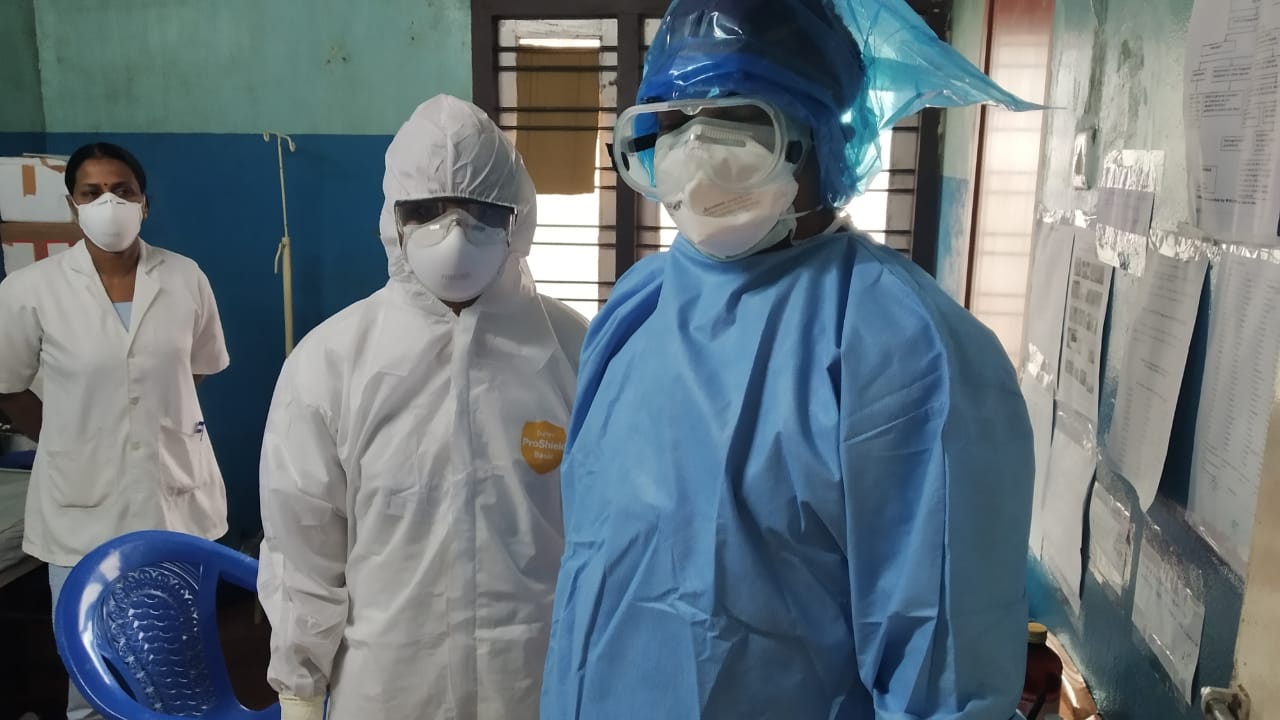
But the needs and circumstances of Indian states vary widely. A post-lockdown long term strategy for dealing with the pandemic has to be clearly spelt out before the lockdown is over. Given the socio-cultural and geographical diversity of India, region or state specific strategies have to be adopted to minimize the impact of the pandemic. Centralized and one-size-fits-all approaches need to be diversified. Rather than locking horns with each other, a close cooperation among the center and state governments is the need of the hour.
Above all, a socio-economic action plan for post-lockdown rehabilitation has to be worked out. The government must declare a timeline for rolling out a long-term reconstruction strategy.
Lessons from global and local responses to the challenge of a pandemic are not just limited to dealing with the immediate task at hand. They also point to the fact that the business-as-usual approaches to socio-economic development, urbanization and lifestyles will not work in a post-COVID-19 world. Moving forward, then, requires recalibrating pathways to globalization and development. The ideas of selective delinking and self-reliance will certainly find more receptive audiences within the elites.
The plague pandemic of 1897-1906 and the Spanish flu of 1918 brought significant changes in India’s economic and social life, as well as the politics of its people, as they did elsewhere in the world. [25] Political systems worldwide have experienced many other major upheavals in the past. Individuals and societies make their own history, but they do not always take the shape they intended or desired. Therein lies the worry, and the opportunity.
About the authors
Dinesh Abrol, Ritu Priya and Pravin Kushwaha are members of the South Asia Sustainability Hub, hosted by the Transdisciplinary Research Cluster on Sustainability Studies (TRCSS) at Jawaharlal Nehru University, Delhi.
Further reading
For papers and commentaries on science advice, health policy and lessons from epidemics past and present, read our Coronavirus resources.
References
[1] Nitin Sethi and Kumar Sambhav Shrivastava (2020): ‘No Action Has Been Taken’: Frustration in National Covid-19 Task force, Article14.
[2] S. Mandal et. al (2020): ‘Prudent public health intervention strategies to control the coronavirus disease 2019 transmission in India: A mathematical model-based approach’, Indian Journal of Medical Research, 151 (2), 190-199
[3] P. Chaterjee et. al (2020): ‘The 2019 novel coronavirus disease (COVID-19) pandemic: A review of the current evidence’, Indian Journal of Medical Research, April 26, 151 (2), 147-159. DOI: 10.4103/ijmr.IJMR_519_20
[4] Nitin Sethi and Kumar Sambhav Shrivastava (2020): Govt Knew Lockdown Would Delay, Not Control Pandemic, Article14.
[5] Mohd Imran Khan and Anu Abraham (2020): No ‘Room’ for Social Distancing: A Look at India’s Housing and Sanitation Conditions, Economic & Political Weekly, 55 (16), 18th April.
[6] On 14 April, the prime minister extended the ongoing nationwide lockdown till 3 May. India completes on April 24 a month of nationwide lockdown. The total number of Covid-19 cases in the country surpassed over 24,506 on April 24. Total number of deaths recorded so far is 775. See this article on Livemint.com and this one on abplive.com.
[7] Maria Abi-Habib and Sameer Yasir (2020): India’s Coronavirus Lockdown Leaves Vast Numbers Stranded and Hungry, The New York Times, 29th March.
[8] Archana Chaudhary and Anurag Kotoky (2020): Migrant Workers in India may shun Cities after Coronavirus Lockdown, Deccan Herald, 16th April.
[9] Munneza Naqvi and P R Sanjai (2020): We will starve here: India’s Poor Flee Cities in Mass Exodus, Bloomberg, 30th March.
[10] Joanna Slatter and Niha Masih (2020): In India, the World’s Biggest Lockdown has forced Migrants to Walk Hundreds of Miles Home, The Washinton Post, 28th March.
[11] Abhushyant Kidangoor (2020): Modi’s Hasty Coronavirus Lockdown of India Leaves Many Fearful for What Comes Next, Time, 31st March.
[12] Patralekha Chaterjee (2020): The Pandemic Exposes India’s Apathy Toward Migrant Workers, The Atlantic, 12th April.
[13] Geeta Pandey (2020): Coronavirus in India: Desperate migrant workers trapped in lockdown, BBC News, 22nd April.
[14] PTI (2020): India’s response to COVID-19 pre-emptive, pro-active, graded: Govt, The Economic Times, 28th March.
[15] C. P. Geevan (2020): COVID-19 in India: A Curious Case of Missing Numbers, Science: The Wire, 17th April.
[16] The Hindu Data Team (2020): COVID-19 | State-wise tracker for coronavirus cases, deaths and testing rates, The Hindu, 18th April.
[18] Divij Joshi and Amba Kak (2020): India’s digital response to COVID-19 risks inefficacy, exclusion and discrimination, The Caravan, 19th April.
[19] Ritu Priya and V. Sujatha (2020): Will Traditional Indian Medicine Be Allowed to Contribute to the Fight Against COVID-19?, The Wire, 1st April.
[20] Rama V. Baru and Ramila Bisht (2020): The Government Must Stop Appeasing the Private Healthcare Sector, The Wire, 25th April.
[21] Ritu Priya and Rajib Dasgupta (2020): The covid-19 crisis: Physical distancing, Social bonding, The Indian Express, 26th March.
[22] Dinesh Abrol, Pravin Kushwaha and Rajender Singh Saroha (2020): Rescue, Relief and Food Distribution in Gurugram: A Collaborative Response to COVID19 Lockdown, April 22, Gurugram.
[23] Kerala focused upon the strategy of identifying, isolating, testing and treating the infected. Youth organisations, merchant associations and resident associations participated in large number in the social media campaigns called ‘Break the chain’. Additionally, volunteers were mobilised and given a brief training before assigning them voluntary work as per their qualifications. Camps were set up for the migrant workers to provide them shelter, food and medicines. Community kitchens were set up across the state and free ration kits were also distributed. See Jeemon Jacob (2020): How Kerala flattened the curve, India Today 18th April.
[24] Anto T Joseph (2020): How Kerala is feeding its 3.48 crore residents, migrants amid the COVID-19 lockdown, The Caravan, 26th April.
[25] Laura Spinney, Viola Statistics: How the Spanish Flu Changed India. The Caravan, 19th October 2018. Ira Klein (2008) Plague, Policy and Popular Unrest in British India Modern Asian Studies, Volume 22, Issue 4, pp. 723-755.
